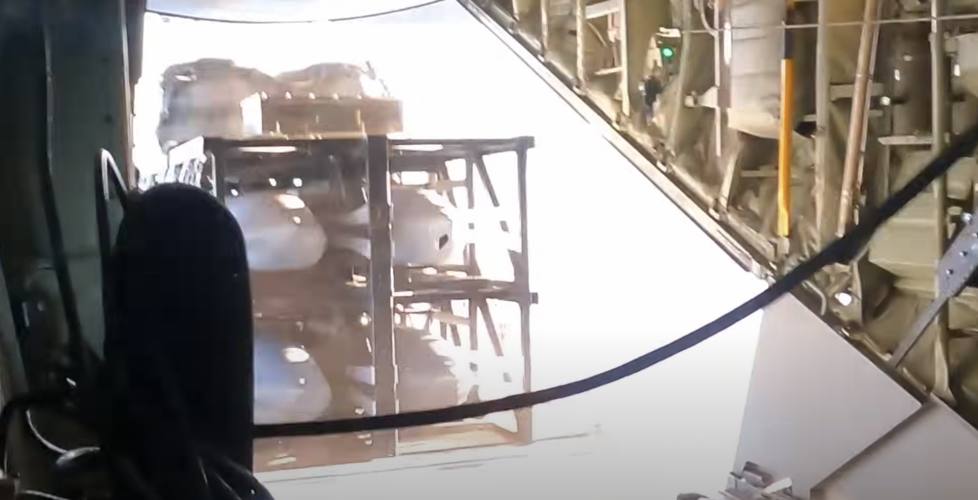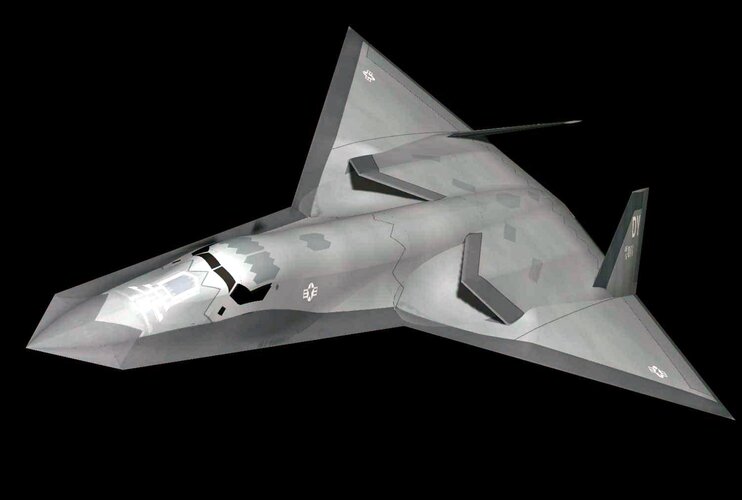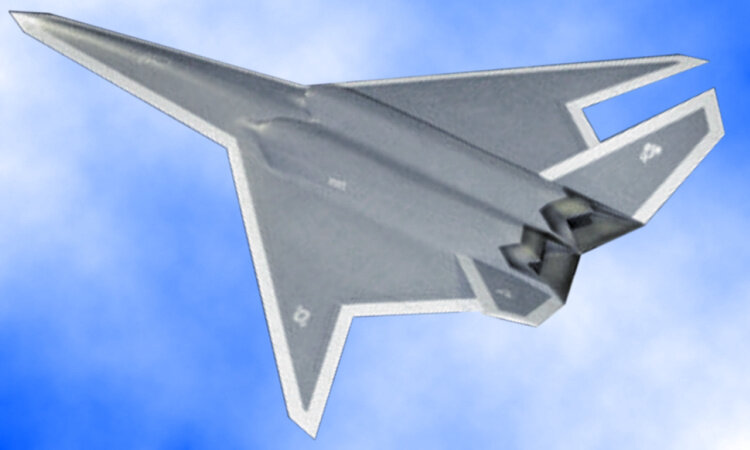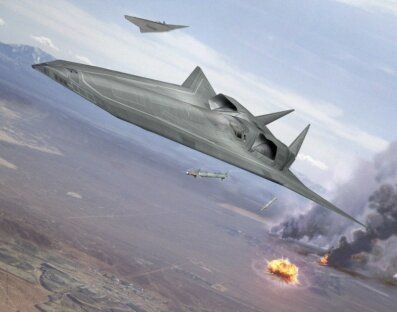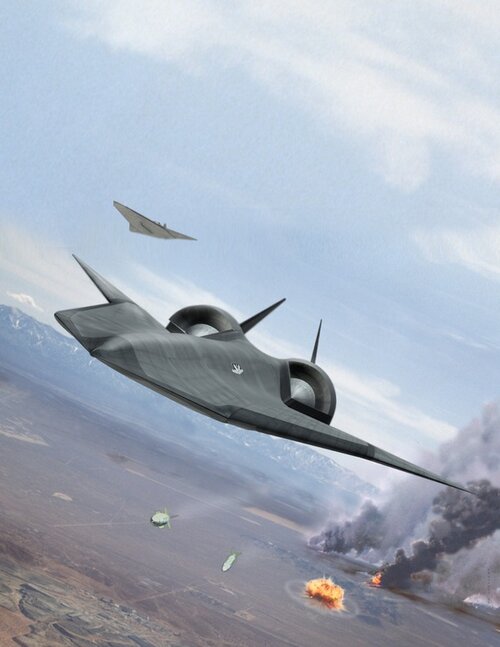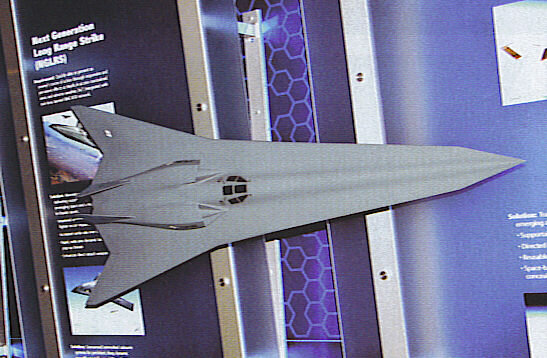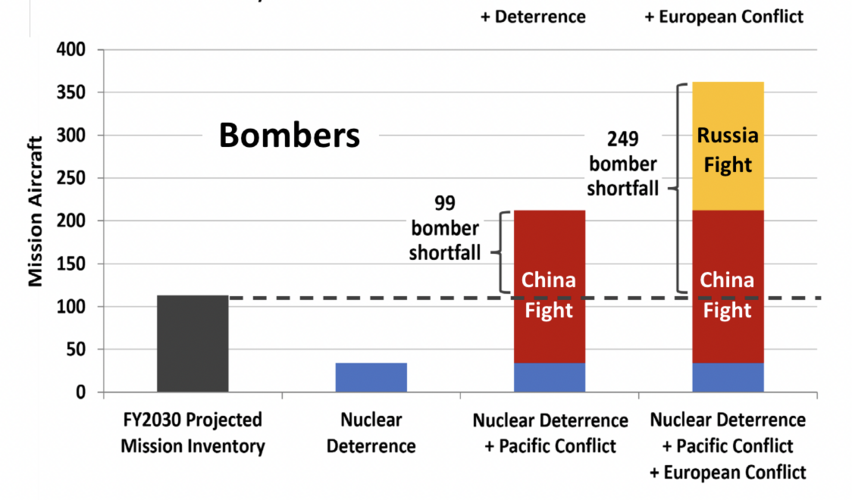I wonder if they are re-considering LO theater strike (FB-23 or others as an example) beyond B-21 with high/medium/low altitude capability which could be a supercruiser as well with a reasonable payload?
Well, the Strike Eagles are going to be completely out of service life starting in about 2038. So they're going to have to get going on a replacement pretty soon to keep those squadrons going. 10 years to get to first flight, another 4 years to IOC. Oh, crap that's 2024, basically needs to happen this year, and/or hope for smooth development and early flights...
That is what I was thinking about the next generation bomber Scott Kenny. I totaly agree with you about the size of the bomber, being the same size or very slightly larger than the Su-34.
Nah, it's going to be bigger than that. My comparison to the Su34 was strictly for visuals, since the bomb bay I'm expecting it to use is 28ft long all by itself!
Some further thoughts about desired abilities
24k-30klb payload capacity, bomb bay is 6ft wide and 28ft long (as mentioned before), so roughly twice the length of the YF23 bay and far deeper. Probable range requirement
with full bombload is 2000nmi, which is F15E ferry range. We can make an argument for a 3000nmi range, but that's probably the maximum. Being able to tank about 500nmi out from the Chinese coast and still reach targets well inland is required.
I'm going to guesstimate for a plane 2x the MTOW of the YF23, so ~125,000lbs MTOW and an empty weight of ~58,000lbs. 24klbs of that is bombs, and I'm also assuming a couple of BVRAAMs and a couple of AARGM-ERs in separate bays in the chines for good measure, call it 27klbs total weapons load. 2^(1/3) is 1.25, so we're talking about a plane some 85ft long, 55ft wingspan, and ~18ft tall, with a wing area of ~1430sqft (1.25^2=1.58, and wiki lists the YF23 with 900sqft wing area). That gives a wing loading of ~87.4lb/sqft at MTOW.
58,000lbs empty weight plus 27,000lbs of weapons makes 85,000lbs, so potentially 40,000lbs of fuel onboard(!). That should give you some pretty good range on a pair of F135s. Still going to handle like a pig till you dump some of the bombs out, you'll have a thrust:weight ratio of ~0.7 at 50% fuel with full bomb load.
On the other hand, it'd be a pretty sporty airplane when unloaded. Once the bombs are out, the T:W gets up to 1.06
at 50% fuel!
If the bomb is wearing a wing kit, tearing that off asymmetrically likely is unrecoverable.
Depends on how much of the wing is lost and how much authority the tail fins have, but at the very least the extra drag will compromise range. So partial agreement there.


